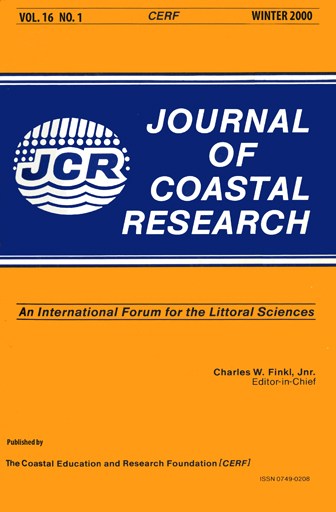Sediment-Based Reconstruction of Submersed Aquatic Vegetation Distribution in the Severn River, a Sub-Estuary of Chesapeake Bay
Keywords:
Eutrophication, 210Pb, geochronology, SAV, seeds, sedimentation rates, seagrass, shore erosionAbstract
A paleo-ecological reconstruction of long-term changes in the distribution of submersed aquatic vegetation (SAV) in a Chesapeake sub-estuary was made using dated sediment cores on transects going from shallow (< 0.5 m) to deep (> 2 m) waters. Maynedier and Saltworks Creeks, branches of the Severn River, have had substantial losses of SAV, similar to many parts of the upper Chesapeake Bay. Dating via 210Pb established that sediment accretion rates were 0.5-0.7 cm yr-1 in these two systems, double the rate of sea level rise in this region. Seeds of only two SAV species were found in the sediments despite evidence others were present at one time or another in other tributaries of the Severn Estuary. Of the two species found, Zannichellia palustris seeds were much more abundant than Ruppia maritima seeds, reflecting the high dispersibility of the former species. The vertical pattern of seed distribution in these cores indicates that over the past 100 years, SAV (particularly Z. palustris) has been increasingly confined to shallower water depths. Although there is less riverine pulsing in the two study creeks, than at the head of the Bay (where previous seed records are available), both data sets are consistent with the hypothesis that decreasing light availability due to eutrophication and sediment erosion has been a problem for SAV in Chesapeake Bay, particularly over the last several decades. Furthermore this study suggests that historically low species diversity may be attributable to more chronic and longer term stress in the shallows of the Severn River than present in SAV beds at the head of the Bay.


